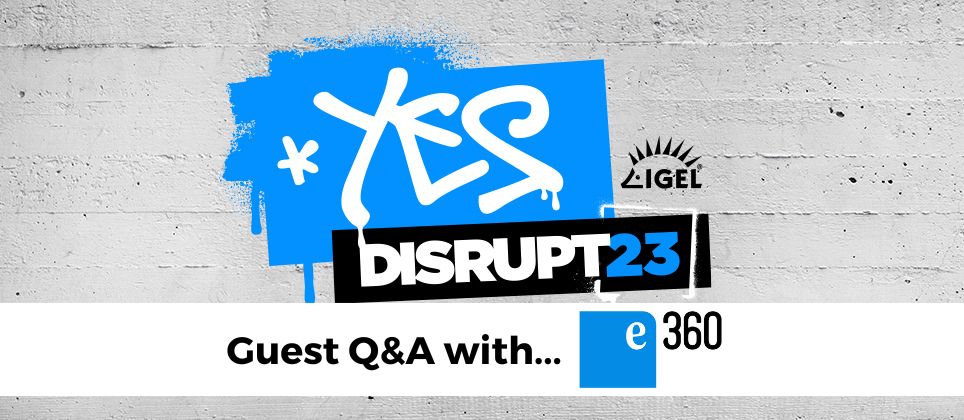IGEL Blog
Windows Virtual Desktop – Is it the Missing Piece?
The following is a guest blog post from Simon Binder, Microsoft MVP – Enterprise Mobility and Principal Solution Architect, Digital Workplace, ATEA. Simon will be a featured speaker at this year’s European DISRUPT EUC 2019 conference in Munich.
If someone had asked me a few months ago what I would think about a multi-session Windows 10 machine running in the cloud, I would probably have liked the idea. But, since Microsoft seemed to be slowing down the pace in which RDS was being developed and really didn’t wanted to talk much about it, I would have also said it probably won’t happen.
At the same time, Citrix and VMware both have been more innovative and forward looking than ever – with offerings now frequently targeting the cloud.
So, when Microsoft announced Windows Virtual Desktop I first felt a bit confused. Then, it hit me: this is the missing piece!
Today, Microsoft is all about enabling you as a user to choose whichever OS you want on the device where you are most productive. But the thing we haven’t been able to do (with Microsoft 365 that is) is to run our legacy Windows applications on a non-Windows device.
We have been able to do this, of course, running desktop & app virtualization from Microsoft, VMware or Citrix previously. And, some of these vendors have been better than others when it comes to integrating with Microsoft 365. Even so, it’s usually been a rather large investment to get started with any of these solutions, preventing organizations from gaining all the benefits from this kind of desktop & app delivery.
Windows Virtual Desktop could, in a way, be looked at as a solution that democratizes EUC. It may also enable organizations that have started to use, or are looking into using, Microsoft 365 to leverage these solutions fully and even, in some aspects, in a new way compared to how we have previously managed our desktop & app virtualization solutions.
In my session at IGEL’s European DISRUPT EUC 2019 in Munich, I’ll explain what Windows Virtual Desktop is and what it enables you to do – regardless of the size of your organization. I’ll also show how we can integrate the best of Microsoft 365 and IGEL technology with WVD to secure it, manage it and empower your users and your organization to achieve more and create a great user experience!
I hope that you’ll join me and IGEL in January where hundreds of like-minded EUC visionaries will be gathering to discuss the transformation within today’s EUC and how you can better deliver new levels of cost savings, simplicity and protection.
There’s still time to register.


